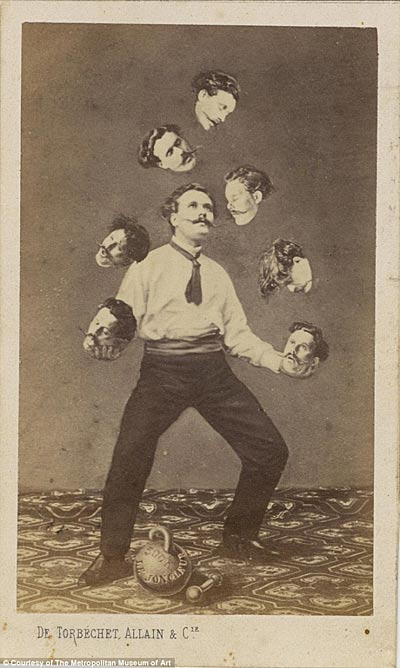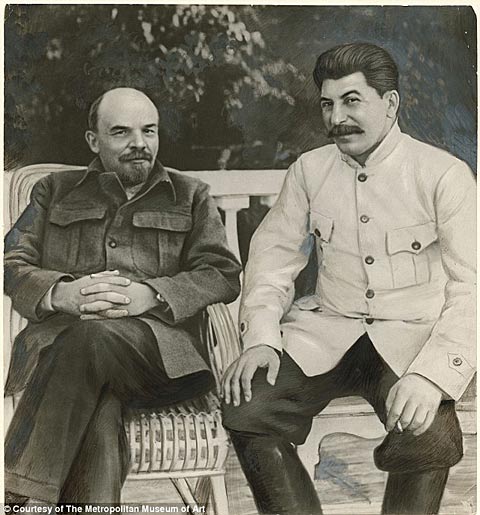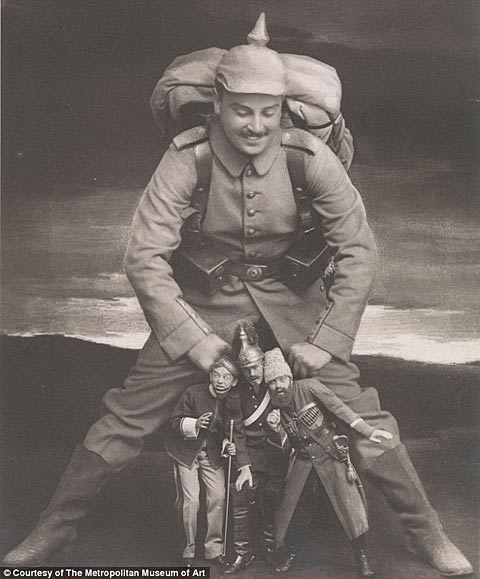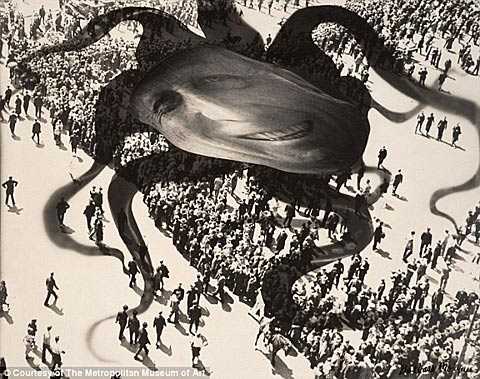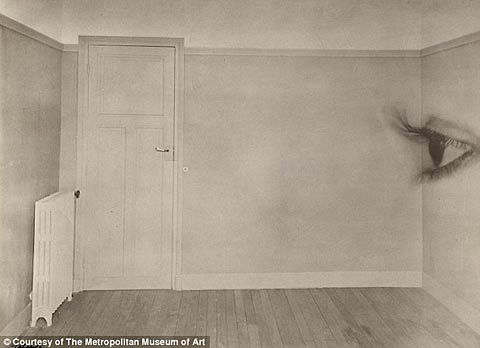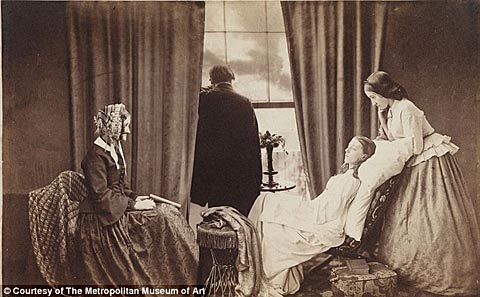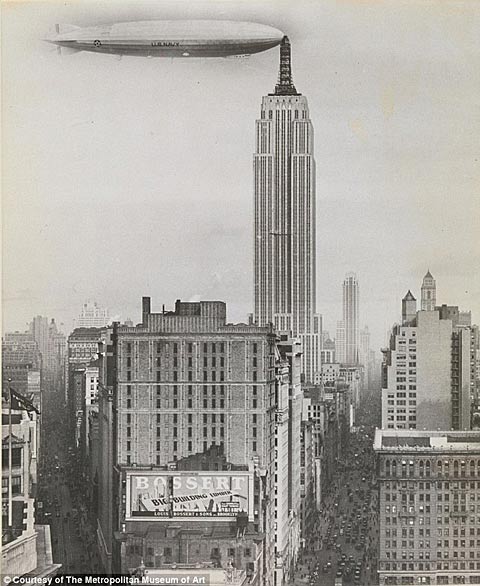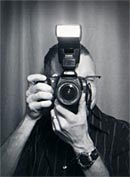Restoration of the First Color Film
The first moving picture captured in color 110 years ago has just been scanned and restored. It's an interesting process the photographer went through to create "color" images.
http://youtu.be/XekGVQM33ao
Lee and Turner's invention has always been regarded by film historians as a practical failure but it has now been 'unlocked' through digital technology, revealing the images produced by the process for the first time in over a hundred years.
Turner developed his complex three-colour process with support, first from Lee and then from the American film entrepreneur, Charles Urban. Using a camera and projector made by Brighton-based engineer Alfred Darling, Turner developed the process sufficiently to take various test films of colourful subjects such as a macaw, a goldfish in a bowl against a brightly striped background and his children playing with sunflowers, before his death in 1903 aged just 29. Urban went on to develop the process further with the pioneer film-maker George Albert Smith which resulted in the commercially successful Kinemacolor system, patented in 1906 and first exhibited to the public in 1909. Sadly, Turner's widow never received a penny from her husband's invention.
On discovering the film, Michael Harvey, Curator of Cinematography at the National Media Museum, worked with film archive experts Brian Pritchard and David Cleveland to reconstruct the moving footage in colour following the precise method laid out in Lee and Turner's 1899 patent. They turned to experts at the BFI National Archive who were able to undertake the delicate work of transforming the film material into digital files, and so the team were able to watch these vivid colour moving pictures for the first time, over one hundred years since they had been made.


